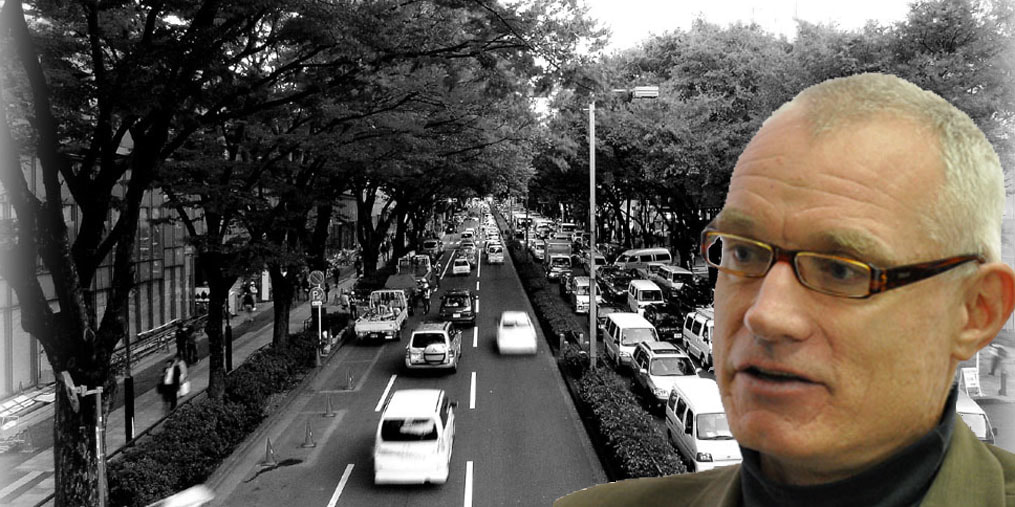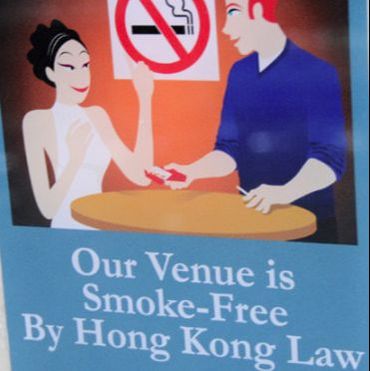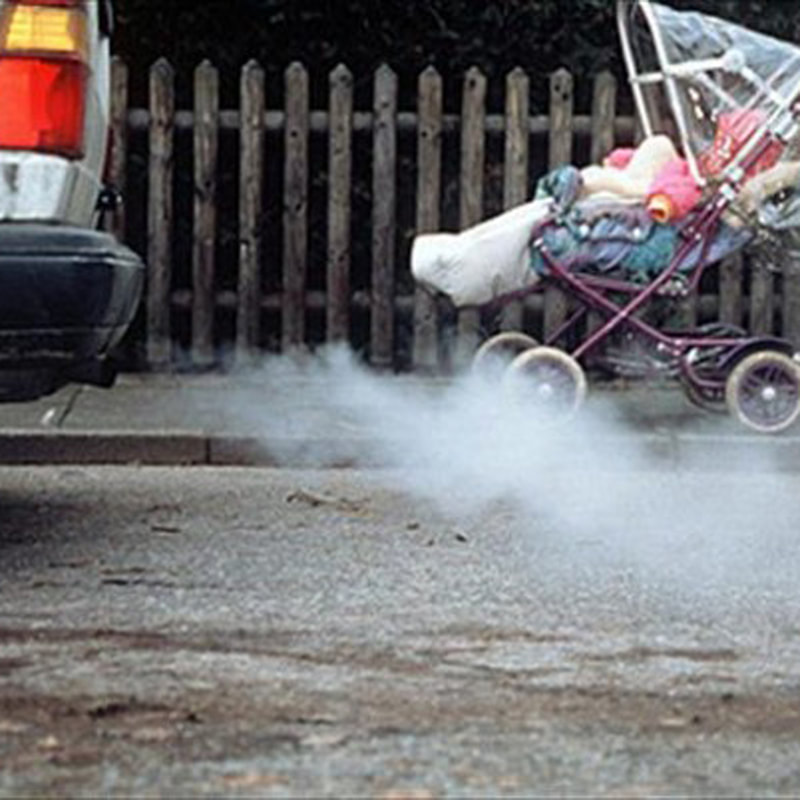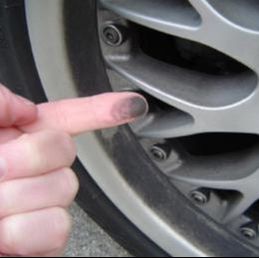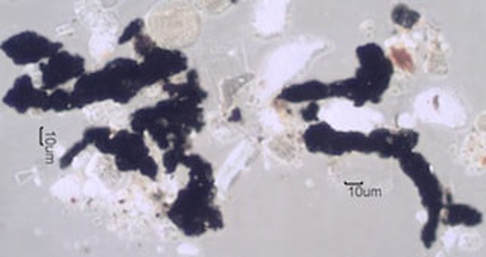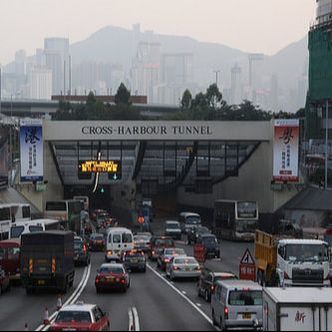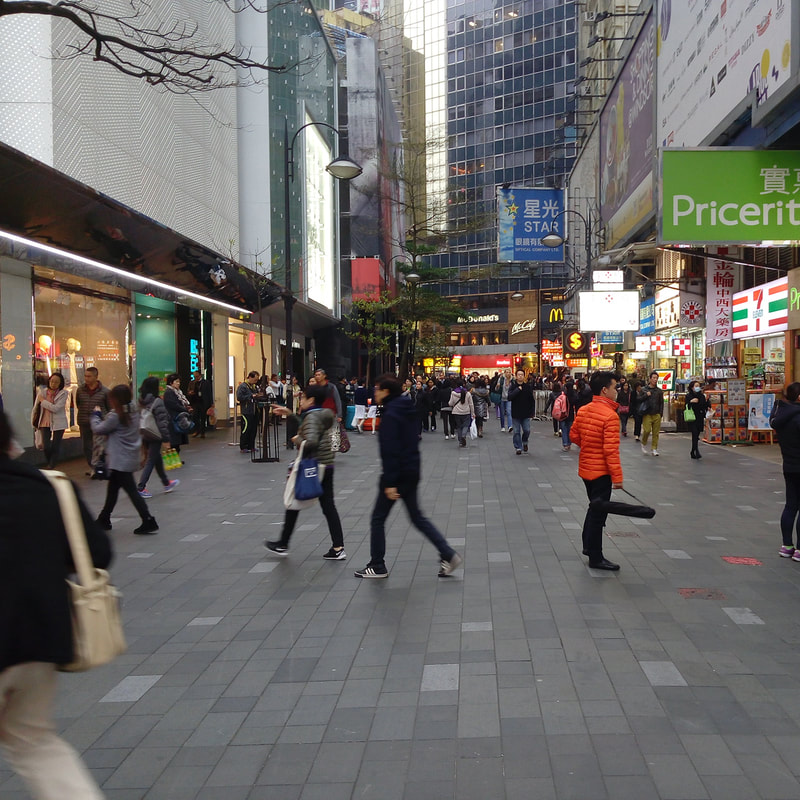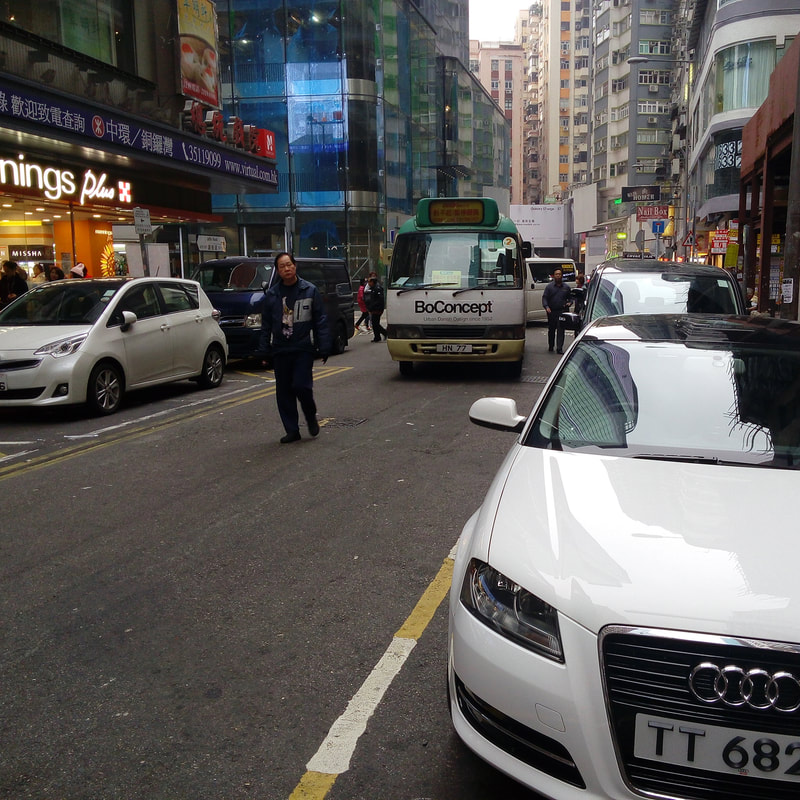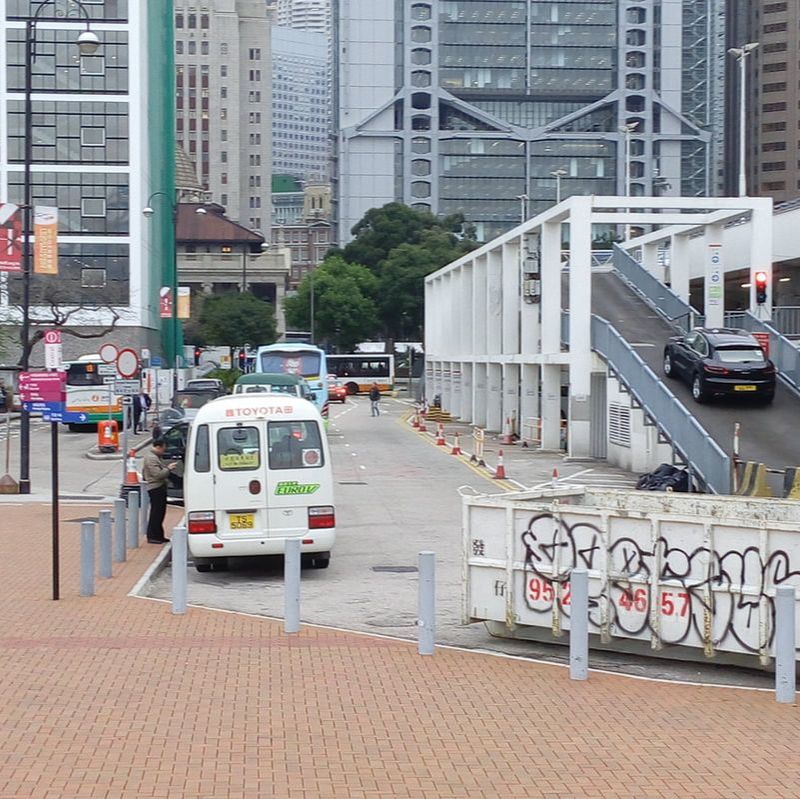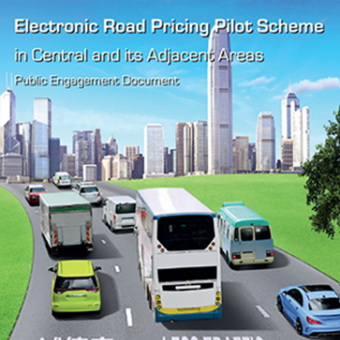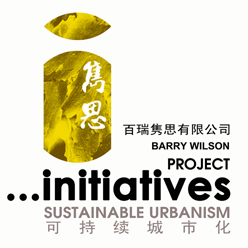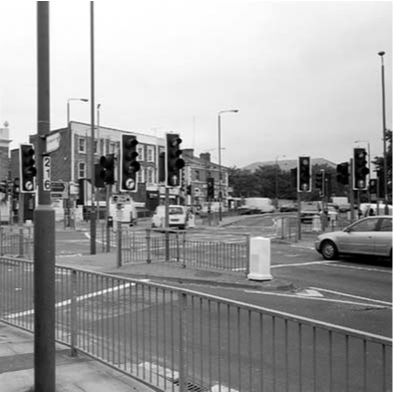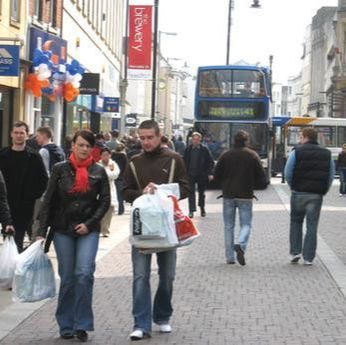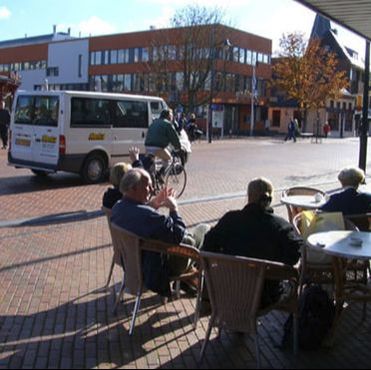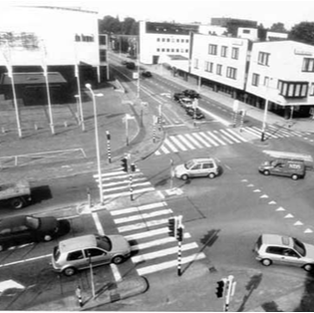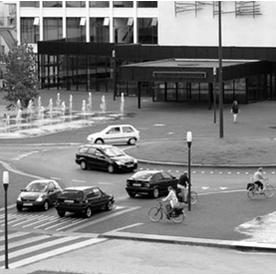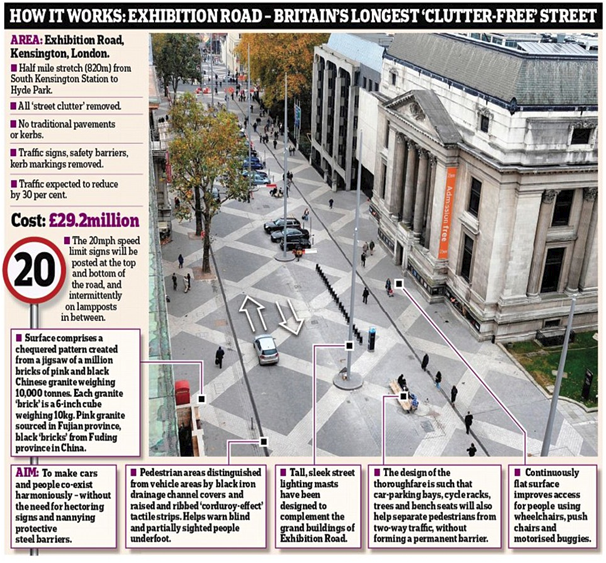|
Return Healthy Streets to the People
17/10/2017
barrysays
Hong Kong considers itself to be a developed economy. Yet the city’s shapers remain unable to adopt measures towards improving the urban environment and its air quality. Antiquated and imbedded attitudes to urban space management leave it on a par with other Chinese cities.
THE SMOKING PRECEDENT
AN ONGOING PROBLEM
WHAT CAN REDUCE ROADSIDE POLLUTION
WHAT SHOULD BE HAPPENING?
Barry Wilson is a Landscape Architect, urbanist and university lecturer. His practice, Barry Wilson Project Initiatives, has been tackling urbanisation issues in Hong Kong and China for over 20 years. (www.initiatives.com.hk).
2017/09/20
Has Housing Reached a New Tipping Point? 2017/07/18 Superficial Beauty Conquering Urban Substance 2017/06/14 10 Simple Ways to Futureproof Our Cities 2017/05/11 Sponge Cities Absorb The Past |

WHAT ARE THE FUNCTIONS OF URBAN STREETS?
WHAT HAS HAPPENED TO OUR STREETS?
HOW MIGHT OUR CITY STREETS FUNCTION BETTER?
Overseas, the last decades have seen a complete re-evaluation of the benefits of the motor vehicle in overseas cites and after years of implementing street widening and traffic engineering schemes at vast cost to the taxpayer, it has been realised that building more roads encourages more traffic volume, which causes further congestion whilst decreasing the value, character and liveability of our cities. Strong movements now prevail in which streets are increasingly restricted to fast moving traffic and the priority returning to pedestrian and cycle use , both in the inner cities and in suburban residential areas.
Shared Space
Shared Space is a European project that aims to develop new policies and new methods for an integral approach of the planning of public space for which man and his surroundings are taken as the basis rather than the motor car. The philosophy at the base of the new policy is implemented in seven pilot projects. Drachen Laweiplein
The space was unattractive to pedestrians and bicyclists, and tended to cause long traffic delays and congestion. The accident history was poor, especially for bicyclists. The improvements in capacity of the busy junction, the reductions in delays and in serious accidents, and the remarkable changes
in the interaction between all road users in what has now become a lively public space would suggest that shared space principles may be of value in rethinking some of our busier streetscapes. Exhibition Road, Kensington, London
|
Services |

